Cheng Man Ching Short Form (also known as Yang 37 Form)
Background
Cheng Man-ch'ing (Cheng Man Ching or Zheng Manqing) was born on 29th July 1902 and passed away on 26th March 1975. In his early years he taught poetry and art.
After contracting what is thought to be tuberculosis in his twenties, Cheng Man Ching began to practice tai chi more diligently to aid his recovery. He retired from teaching and devoted himself for many years to the study of tai chi, traditional Chinese medicine, and literature. When he was 26 years old Cheng met and studied with, the well-known master of Yang Style, Yang Chengfu (1883–1936).
Cheng taught tai chi, practiced medicine, and continued his art practice in Sichuan Province during the Sino-Japanese war years and by 1946 (at age 44), he had developed a significantly abbreviated 37-move version of Yang's traditional Long Form.
In 1949 Cheng moved to Taiwan and in 1964 he and his family (wife, two sons and three daughters) settled in the United States, where he continued to teach.
Yang 37 Form has characteristics that are slightly different to how we practice other Yang forms.
it eliminates most of the repetitions of the Yang long form.
It takes between 8-10 minutes to practice
The position of the hands and wrists are open and relaxed. Cheng called this style ‘Fair Lady's Hand’ (as opposed to more familiar Yang style)
The postures are not as expansive as Yang Chengfu's form. Movements tend to be more subtle.
Cheng postures are performed in ‘middle frame’ style, which changes the movement of the feet from the Yang version. Feet do not come to centre line during transitions.
Cheng's concept of "swing and return" in which the momentum from one movement initiates the next.
The counting of postures in this form is different from other Forms. In traditional Forms, each movement counts as a posture (the 108 has 108 postures, even though many are repeated), whereas in the Cheng 37 Form, postures are counted only the first time they are performed, meaning there are 37 individual postures. Repeated postures, however, are included after a new posture is introduced (see Postures 13 and 17, below, for example)
It is interesting to note that Cheng's changes to the Yang-style (108) Form were not officially recognised by the Yang family and it is still a source of discussions and controversy among some tai chi practitioners.
Click here for a more detailed information about Cheng Man Ching.
You might like to view Cheng Man Ching performing his 37 Short Form. You will notice many differences, even before he commences the Form! Click here for the YouTube link.
Part 1
Preparation N
Commencement N
Peng (Ward off L) N
Then the 4 energies of Grasp sparrow’s tail
Peng (Ward off R) E
Lu (Roll back)
Ji (Squeeze/Press)
An (Push)
Single whip W
Raise hands N
Kào (Shoulder stroke, Lean forward) N
White crane W
Brush knee twist step W
Play guitar, brush knee twist step W
Step up, deflect downward, intercept and punch W
Withdraw and push W
Cross hands N
Part 2
Embrace tiger, return to mountain SE then diagonal Single whip NW)
Fist under elbow W
Step back and repulse monkey, L and R W
Step back and repulse monkey, L W
Diagonal flying NE
Wave hands like clouds, L N (transition: L foot steps up to N)
Wave hands like clouds, R, L, R, L N then to Single Whip W (transition: R foot steps to N)
Single whip W, snake creeps down
Golden rooster stands on one (L) Leg W
Golden rooster stands on one (R) Leg W
Pluck to transition, Separate R foot (High kick with heel) NW
Pluck to transition, Separate L foot SW
Turn body (pivot on R heel) and kick with L heel E
Brush knee, L and R E
Step forward L and punch R fist down E (followed by Grasping the sparrow’s tail E and Single whip W)
Fair lady weaves shuttle left NE (R foot steps to E, then L foot to NE
Fair lady weaves shuttle right NW (followed by two more Fair ladies, SW (R foot steps across, then L foot steps to SW) then to SE, Ward Off L N, then Grasping the sparrow’s tail E, Single whip W and Snake creeps down) W
Step up to seven stars W
Retreat to ride tiger W
Turn body sweep lotus leg W (arms are parallel to floor while turning)
Bend bow shoot tiger W (followed by advance, deflect, block, intercept and punch, withdraw and push, cross hands and conclude to Wuji)
